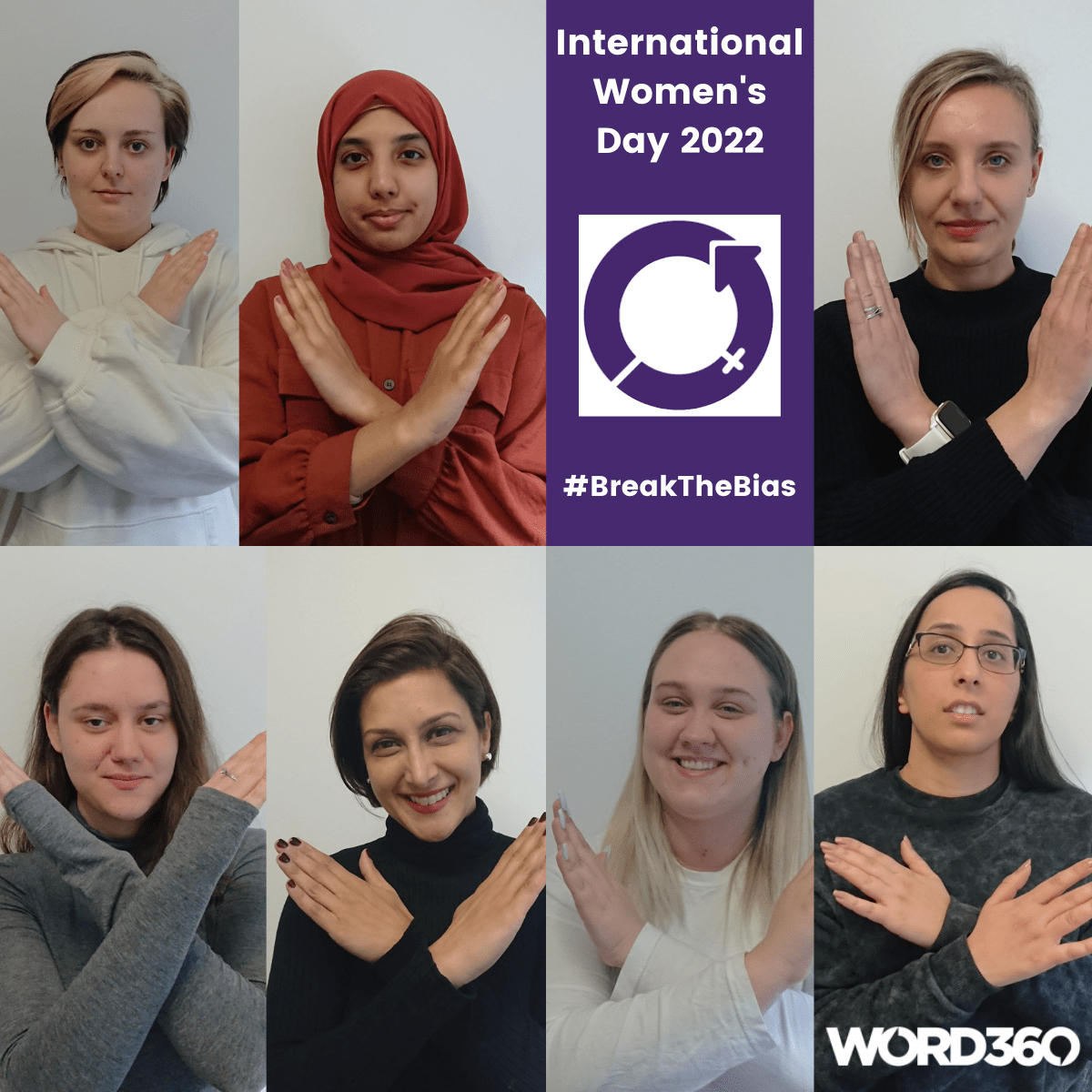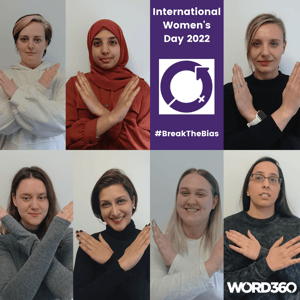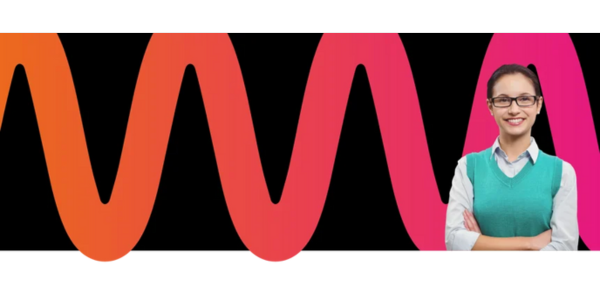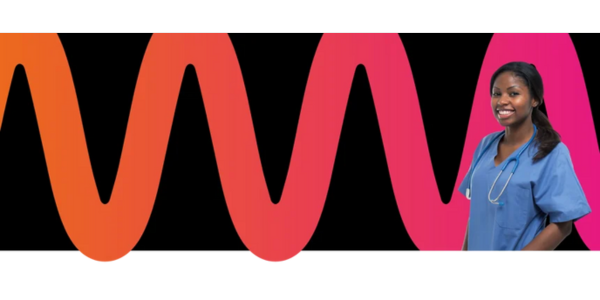International Women’s Day 2022 – My Thoughts

Imagine a gender equal world. A world free of bias, stereotypes and discrimination. A world that's diverse, equitable, and inclusive. A world where difference is valued and celebrated. Together we can forge women's equality. Collectively we can all #BreakTheBias.
-
International Women’s Day has set out a number of missions as part of its global campaign to #BreakTheBias. One of these missions is to assist women to be in a position of power, so that they can make informed decisions about their health.
I fully support this and know only too well from our work providing interpreting and translation services across the healthcare sector in the UK, the challenge that language plays in women accessing the healthcare they need. This is especially true when it comes to areas of women’s health like pregnancy, birth, menopause and breast or cervical screening programmes.
As well as addressing some of the endemic gender bias that exists, we need to look at cultural bias and accessibility. Many of the women that we support with our services have not had access to education and their language skills mean they are reliant on others to help them access the support they need.
This is a major issue
According to the World Health Organisation approximately 810 women die each day from preventable causes related to pregnancy and childbirth. Black, minority ethnic women and those with social risk factors such as deprivation, refugee and asylum seeker status, homelessness, mental health issues and domestic violence are at a disproportionate risk of poor birth outcomes within this group.
Language barriers further exacerbate this risk, with women struggling to access and engage with maternity services and communicate concerns to healthcare professionals. Women experiencing maternity care who do not speak English have been found to feel defenceless, to have a lack of understanding of their care options, to experience reduced informed consent and to have more negative experiences overall.
We are passionate about making language accessible to all because we know that this opens the door to enabling and empowering women to make decisions about their health and care. 95.2% of the instances where an interpreter gender preference was requested was for a female service user, so understanding this need is crucial for all organisations.
But it’s not just about accessing the language, it’s also important to be able to support cultural concerns. A recent study with British-Pakistani women found concerns around discussing or being examined for breast health with male health care professionals, the use of male family members as interpreters and the embarrassment that caused, a lack of awareness that interpreters could be provided by the NHS, literacy issues as well as issues with no direct translation for the terms ‘mammogram’ and ‘screening’ in Punjabi or Urdu. That’s where our interpreters can really help - we make sure we match cultural and language needs for every booking.
So, as we call for breaking down gender bias to enable women to make informed decisions about their health, I would like to call on all those working within the healthcare field to consider the accessibility, language and cultural needs of patients and service users to make sure that this is not a further barrier to empowering women to access the care they need and make informed choices about their health and wellbeing.
Who needs female interpreting the most?
While any woman might need a female interpreter, this list gives an idea of the most common languages that female interpreters are required for (in order of most requests):
1. Romanian
2. Punjabi
3. Urdu
4. Arabic
5. Polish
6. British Sign Language (BSL)
7. Bengali
8. Farsi
9. Somali
10. Kurdish
A few more resources
International Women’s Day
Our confidential, on-demand telephone interpreting service
International Women’s Day 2022, on LinkedIn

Elliot Glynn
May 4, 2023Recent articles

Related Services

Make My Services Inclusive and Accessible
Communication challenges affect many people in the UK, from non-native English speakers to those who have a hearing, speech or learning impairments. These challenges can make it difficult for individuals to fully participate in society and access essential services

Health and Social Care
We are the largest supplier of interpreting and translation services to the NHS and other health and social care services. This means we have a unique understanding of how we can drive change and deliver essential language support when and where you need it most.
.png?width=600&height=300&name=Untitled%20design%20(2).png)
Interpreting
Interpreting is where conversations are relayed from one language to another. How those conversations are conducted is where we add value. From in person meetings to remote video interpreting including British Sign Language, let us help you find the right solution.